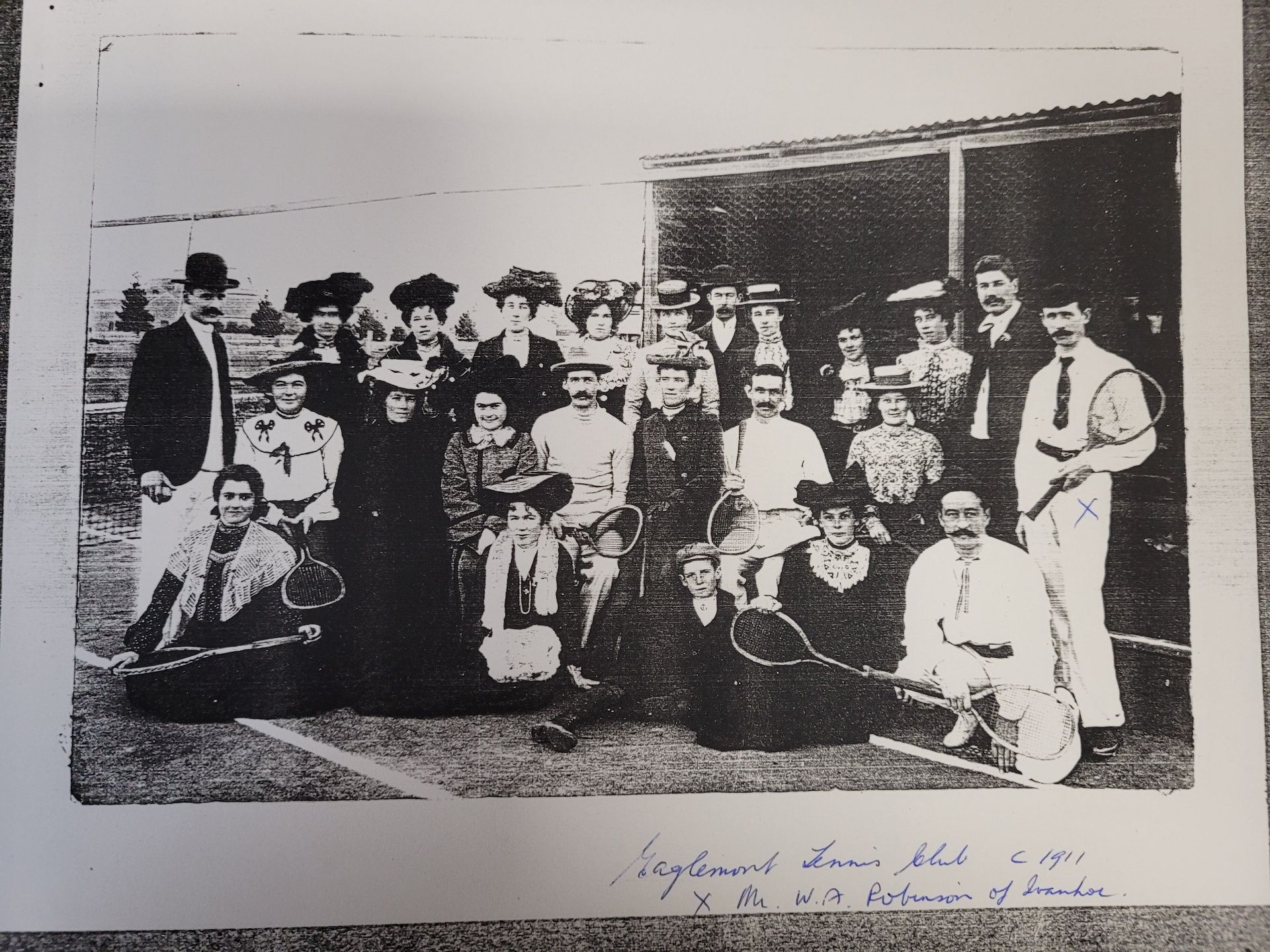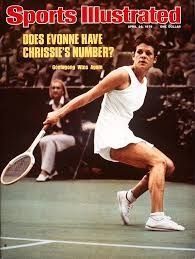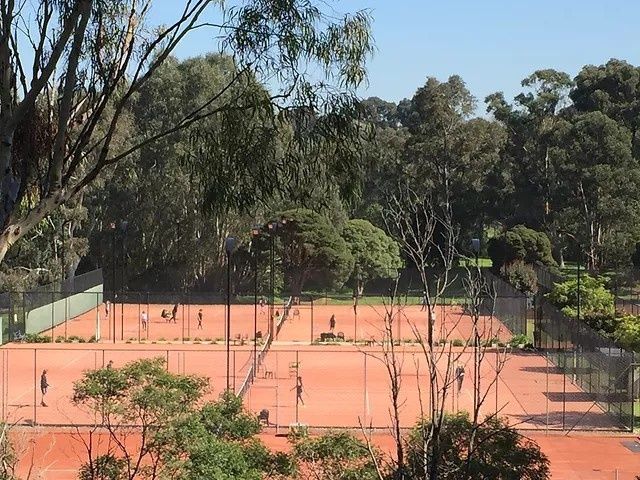Eaglemont Tennis Club

GAME, SET AND MATCH. WELL PLAYED.

Eaglemont Tennis Club circa 1913. No aluminium racquets, no men's shorts, no women's frilly knickers a la Evonne Goolagong's 1980 winning Wimbledon ensemble.

Well, stating that these ladies were not in frillies is just a guess, but they do look a pretty staid lot to me. I'm going for bloomers with ribbon ties and lace only at the knee.
But for all that it is women and girls getting involved in active sport despite the impediments and constraints of custom and costume. Go you good things - because you claimed your place in local sport in 1913 you helped Ash Barty become a World #1 for 121 weeks in the 2020s.
EARLY EFFORT TO BRING JUNIOR SPORT TO EAGLEMONT
In 1913 a small group of locals met to decide how to bring junior tennis to our area.
Fourteen people from nine families were intent on making some organised sport available to the youth of this locality.
The group included Miss Thom who conducted "Coreen", a small private school in Yarra Street Heidelberg, and her sister.
Over many years the club they founded - Eaglemont Tennis Club - would hold its AGM's at Coreen. Committee meetings were held in the home of the club Secretary.
From the inaugural meeting in 1913 matters proceeded very quickly. A subcommittee located and recommended a suitable block of land at the corner of Odenwald and Alandale Roads Eaglemont.
So successful was the subscription fund-raising to purchase and prepare this block that it was realised 2 hard courts could be created initially and adult players accommodated also.
The club went from strength to strength and soon bought adjoining blocks of land to expand the playing area. Clubrooms with changerooms were built.
Early on play was held only among club members. Then invitation matches against other clubs were held, and finally an organised inter-club competition emerged. Mid-week and Saturday games were played. The club became a strong participant in northern suburbs tennis, hosting an Easter tournament and association finals.
The first 25 years of the club were challenging times. 1914 -1918 were dominated by WW1, halcyon days then till the Great Depression of the early 1930s and finally WW2 from 1939-1945.
The club operated on the land bounded by Odenwald Rd, Alandale Rd & the aptly named Wimbledon Grove until 1967, when there was a shift to the present parklands setting below The Boulevard and Burke Roads.

This move was a challenge in itself. Heidelberg Council acquired the land around where the tennis courts ,(and part of the Ivanhoe Golf Course) now stand from the Irvine family in 1955.
A proposal by Eaglemont Tennis Club to relocate to the present site was opposed by residents via their Boulevard Residents Association in the early 1960s. Parking on The Boulevard, interrupted views across the Yarra River flats and lighting were contentious issues. Eventually Council support was won despite resident concerns and a collaborative venture of Council and club began in 1967. An initial 40 year lease of the public land was proposed.
This was Page 1 news for the Heidelberg Leader, and the article flowed onto Page 10. Big plans were revealed for a two story clubhouse, clay and lawn courts, carparking, spectator seating, caretaker accommodation.
To fund the club's share of developments the 3 adjoining blocks of land carefully accumulated through subscriptions, annual memberships, debentures, mortgages, fundraising dances and cards evenings was sold for housing.
No sign of the 55 years of tennis courts at Odenwald Road can be seen today. No sign of the social matches, no sign of the Singles Championships keenly contested. No sign of the inter-club matches nor the Easter Tournaments.
SORRY- NO BALLS, CAN'T PLAY
In 1942/43 tennis competitions were suspended at Eaglemont Tennis Club, and only Women's mid-week games were played, due to a war time embargo on the manufacture of tennis balls.
The club showed good foresight to buy up as many tennis balls as possible at the April 1942 cut-off. This required a special £5 levy on members at a time when club membership dived to 42. The stock of balls allowed tournament play to resume in 1945.
During the war years all active servicemen and servicewomen were made honorary club members and invited to play at the club as leave allowed.
Sadly club member Stewart Fitton lost his life while serving with the RAAF at 7 Elementary Flying Training School Western Junction, Tasmania on 11 June 1943.
In 1952 a motion was passed "that the committee raise the standard of members being admitted". Was this a reaction against riffraff behaving obnoxiously around the clubrooms, or a need to quality assure applicants based on their serve/volley game?
Over the 1953/55 years the club became concerned as Council rates increased by £48 from £65 to £113. An approach to the Council for some remission was rejected on the basis the club was a "private concern".
The Council position softened over time till in 1964/65 " there was an indication from Council to reduce rates". Club membership at the time was 183.
By the time 1967 came around there was quite a shift in the Council's position.
Council agreed to collaborate with the Eaglemont Tennis Club to relocate the club from club-owned private land in Odenwald Road to public open space south of The Boulevard.
Member discussion